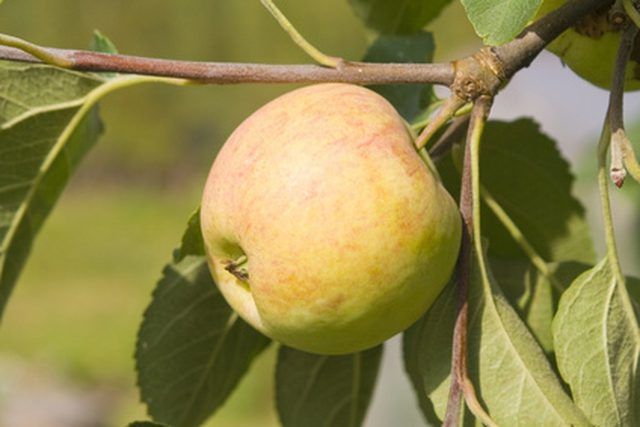Bulbs
Flower Basics
Flower Beds & Specialty Gardens
Flower Garden
Garden Furniture
Garden Gnomes
Garden Seeds
Garden Sheds
Garden Statues
Garden Tools & Supplies
Gardening Basics
Green & Organic
Groundcovers & Vines
Growing Annuals
Growing Basil
Growing Beans
Growing Berries
Growing Blueberries
Growing Cactus
Growing Corn
Growing Cotton
Growing Edibles
Growing Flowers
Growing Garlic
Growing Grapes
Growing Grass
Growing Herbs
Growing Jasmine
Growing Mint
Growing Mushrooms
Orchids
Growing Peanuts
Growing Perennials
Growing Plants
Growing Rosemary
Growing Roses
Growing Strawberries
Growing Sunflowers
Growing Thyme
Growing Tomatoes
Growing Tulips
Growing Vegetables
Herb Basics
Herb Garden
Indoor Growing
Landscaping Basics
Landscaping Patios
Landscaping Plants
Landscaping Shrubs
Landscaping Trees
Landscaping Walks & Pathways
Lawn Basics
Lawn Maintenance
Lawn Mowers
Lawn Ornaments
Lawn Planting
Lawn Tools
Outdoor Growing
Overall Landscape Planning
Pests, Weeds & Problems
Plant Basics
Rock Garden
Rose Garden
Shrubs
Soil
Specialty Gardens
Trees
Vegetable Garden
Yard Maintenance
How to Grow Apple Trees in Texas
How to Grow Apple Trees in Texas. Raise healthy, productive apple trees in the backyard garden in Texas, where the growing conditions can be challenging. Poorly drained soil in many parts of the state, extended periods without rainfall and elevated temperatures early in the spring can hamper the growth of apple trees. Counterbalance the climate and...

Raise healthy, productive apple trees in the backyard garden in Texas, where the growing conditions can be challenging. Poorly drained soil in many parts of the state, extended periods without rainfall and elevated temperatures early in the spring can hamper the growth of apple trees. Counterbalance the climate and soil conditions with a vigorous program of maintenance and care, especially when the trees are young. The reward can be Texas-size harvests of flavorful apples for fresh eating and apple pies.
Things You'll Need
Posthole digger
Shovel
Compost
Fertilizer
Pruners
Select a planting location that is well-drained, protected from prevailing winds and with easy access to a water source. Ensure the apple tree will receive full sun during at least half of the day. Partial afternoon shade is acceptable.
Dig a 3-foot-deep hole with a posthole digger in the prospective planting spot. Fill the hole with water. Check in 24 hours whether the water has drained completely to verify the soil has sufficient drainage to support apple trees' healthy growth.
Purchase certified disease-free nursery trees suitable for growth in USDA Plant Hardiness Zones 4 to 9, as appropriate to the garden's location. Select healthy 1-year-old trees that are 2 feet to 3 feet tall and have been grown in the region so that they are already acclimatized to weather conditions. Choose late-bearing varieties that ripen in August or September, such as Gala, Braeburn, Fuji and Granny Smith.
Plant apple trees in the early spring. Dig a hole at least 3 feet across and 3 feet deep. Fill the hole half way with alternating 2-inch layers of compost and dirt. Loosen and spread the roots of the apple tree to set it in the hole. Fill the hole with dirt, tamping it down firmly. Spread a 2-inch layer of compost around the apple tree's base. Add a fresh layer of compost around the tree's base each spring to enrich the Texas soil.
Water newly planted apple trees immediately until the surrounding ground is completely soaked. Continue watering the young trees every four to five days for the first month. Extend the period between watering by a day each time until the schedule is every two weeks in the driest areas of Texas and every three weeks elsewhere.
Fertilize the trees with a nitrogen-rich 21-0-0 formulation fertilizer in the early spring. Apply 1 cup of the fertilizer in a circle around the tree, spreading it out over the root area. Keep the fertilizer six inches from each tree's trunk. During the first year, apply the fertilizer three times, a month apart. In the second year, fertilize four times with a month between applications. Maintain the frequency, but in year three increase the volume to 2 cups and in year four, the volume is 3 cups. Once the apple tree has reached maturity and is fully acclimatized to Texas soil and weather conditions, apply 1 pound per inch of the trunk's diameter of 21-0-0 fertilizer early in the spring and again in May.
Prune apple trees during the late winter in Texas. Shape the tree during its first four years of growth by thinning the number of new branches with sharp pruners. Cut back the branches of mature trees by one quarter of their length. Thin fruit in June by plucking all but one apple in each cluster by hand.
Tips & Warnings
Control insects and disease with horticultural oil and commercially manufactured pesticides, available in chemical-based and organic formats. Consult the county agricultural extension officer for a spraying regimen specific to the apple trees' location.